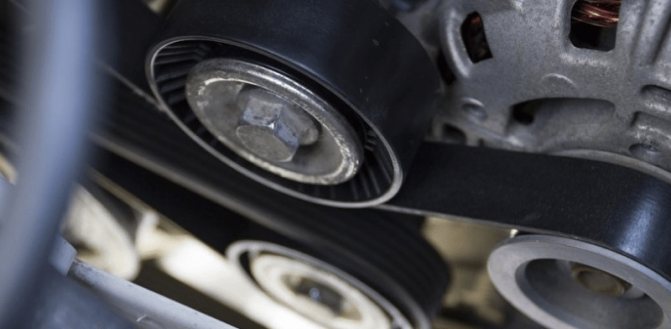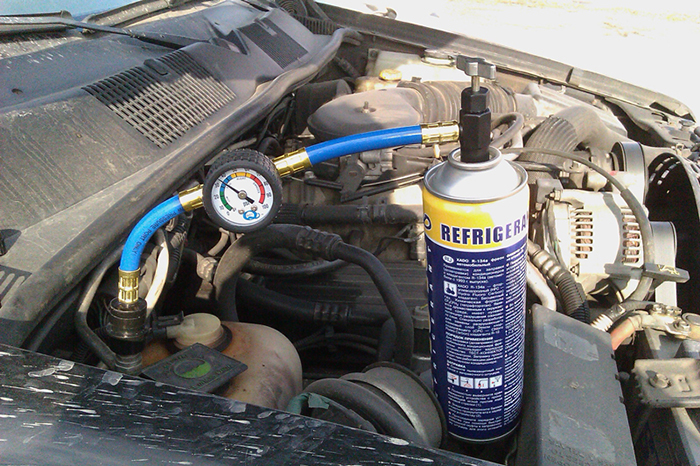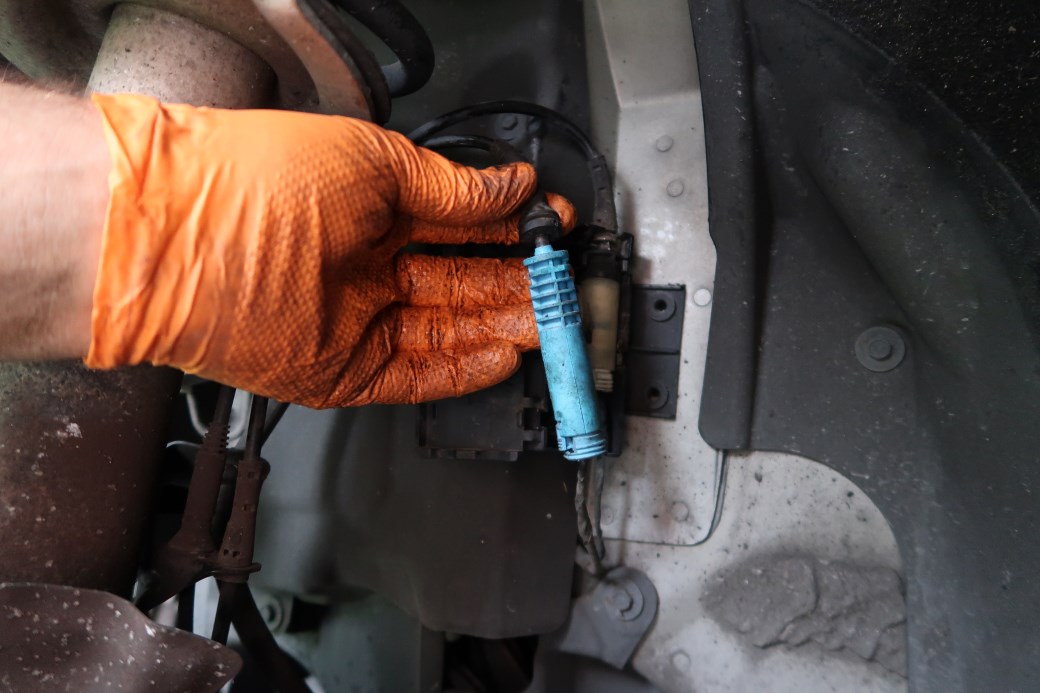In this article, we’re going to discuss how wheel alignment helps your vehicle stay safe on the road and what problems may arise without proper steering adjustment. If your wheels are misaligned by more than just a few degrees, it can have a negative impact on your fuel economy and is even more damaging to the tires, which can wear out quickly or blow out.
If you’re like most drivers, the first thing that comes to mind when you hear wheel alignment is your wheels are out of balance. The truth is, a wheel alignment could refer to many different things, including toe adjustment, caster adjustment, camber adjustments, and more! With so many options available, it can be hard to know which one will benefit your vehicle’s ride quality the most. To help you out, we’ve compiled this list of 10 tips for properly aligning your wheels. If you think your car needs an alignment, check out this article!
1. What is Wheel Alignment
Wheel alignment refers to the angle of your car’s wheels relative to the car’s centerline. There are many different types of wheel alignment, but in general, it is measuring the angles of the front wheels and adjusting them so that they are parallel to the ground and perpendicular to the car’s centerline.
Correct alignment ensures that your vehicle travels straight and helps maintain the integrity of your tires. Alignment also reduces tire wear, handles better in wet and slippery conditions, drives more smoothly, and saves fuel by ensuring your car is efficient on the road. When a vehicle is properly aligned, it will have a smoother ride, which also helps to reduce wear on the suspension.
When your steering wheel is straight and the front wheels are parallel to each other, you will see that your car moves in a single line instead of weaving back and forth. Alignment problems can often be mistaken for alignment needs because, in some cases, drivers notice their vehicle veering off toward one side. However, this is not always a sign that your car needs alignment, and it may simply be a result of damaged tires, worn shocks or struts inside the wheels, or poor driving habits.
Alignment is particularly important for vehicles that have been in accidents or towed, as well as those with broken springs, worn shocks, bent steering columns, loose suspension parts, and more!
2. Why is Wheel Alignment Important
Alignment is important because if your wheels are out of alignment, driving conditions can become more complicated. Driving with misaligned wheels can lead to higher fuel consumption and a shorter life span for your tires. These things may not be immediately noticeable, but the signs will be there if you know what to look for.
The most common problems that can be fixed with wheel alignment are steering wobble, pulling to one side when driving straight, tires wearing unevenly, and vibrations in the steering wheel or floorboard. However, problems like these don’t always indicate a need for an alignment; they may just require tire rotation or balancing.
If you notice your steering wheel shaking as you drive, it could be an indication of misalignment. Another telltale sign is broken tires, especially in the rear, even if there are no visible signs of wear and tear; this can be a sign that one of your wheels is not properly aligned.
Thus, getting your wheels aligned is an integral part of car care maintenance and should be done regularly to keep your vehicle running smoothly and efficiently.
If you do not feel comfortable with performing the alignment yourself, it’s recommended that you take your vehicle to a professional mechanic or service center instead. If you choose to perform wheel alignment yourself, make sure to follow the instructions and ask for help if you run into trouble.
3. How to Align Your Wheels Properly
- Inspect your tires to make sure they’re in good condition and that they have enough tread left. If either of these is not the case, then replace them before beginning with this process.
- Ensure that your car is on a level surface and then inspect the bolts holding down each wheel as well as their bolts to see if they need tightening. If they do, then go ahead and tighten them down with a torque wrench.
- Loosen the upper control arm bolts on both sides of your steering knuckle in order to give yourself more room to work with your wheels. It’s important to do this before detaching the ball joints, or you may not have enough room for movement afterward!
- From here on out, work only in relation to one wheel at a time. Take the wheel off of the outside of your vehicle and replace it with another that is on the inside, always keeping this in mind!
- When attaching your wheels back onto the car, carefully line up the bolts so that they are in their proper places.
- Tighten the bolts and ball joints back into place with a torque wrench. If you’re only replacing one wheel, then do not worry about centering the tire; simply replace it on either side and tighten down all of its bolts or lugs. Instead, focus on diagnosing your vehicle’s wheel alignment first with the other tire, then proceed to do so with the second.
- Before driving your vehicle, you will need to know if it is still out of alignment and its camber has not been corrected by this process. This may be done by driving over pieces of plastic that are laid flat on the ground. If the car is aligned, then these pieces of plastic will be stuck to the tires once driven over. If they do not stay in place as you go over them, then further adjustments are needed, and more work must be completed before driving your vehicle again.
- When moving forward with this process, you need to make sure that each piece of plastic is placed in exactly the same spot on the ground each time. This way, you will be able to accurately see if your tires are out of alignment and how much they need to adjust in order to get back into proper position!
- When checking for vehicle camber, start with the outside tire’s piece of plastic. If your camber is out of alignment, the piece of plastic will move in a diagonal manner as you drive over it. If this is the case, then more work must be done to adjust it properly.
- Repeat steps 1-9 until the vehicle’s camber and wheel alignment are corrected to an even standard that fits with the manufacturer’s expectations.
- Replace tires, replace brake pads, and replace rotors when necessary. Consult with a mechanic to make sure you are doing so properly!
4. When should I get my wheels aligned next time, and what are the costs involved in wheel alignment services
This depends on your driving habits. If you’re a commuter who drives mainly in paved areas, then once every year is more than enough. If you live in an area where the roads are bumpy or full of potholes, it might be good to get alignments a few times throughout the year.
The cost of wheel alignment services varies depending on the shop or mechanic and their qualifications. Some offer several different levels of service, such as an inspection or a complete alignment. These different levels may be priced differently, but typically the price does not vary by location. You can compare these prices with those of other mechanics before deciding on which one to use.
5. Wheel Alignment Checklist
Okay, now that we’ve covered everything you need to know about proper wheel alignment, let’s do a quick checklist! A proper alignment will ensure that your tires wear evenly and correctly, as well as provide you with a more stable and safe driving experience!
- Make sure that your vehicle is in good roadworthy condition!
- Check for signs of damage such as dents, cracks, or missing pieces on the frame. Also, make sure that all joints and bearings are lubricated and free of rust.
- If your wheel needs to be removed from the car, then it should be reset at the same angle as before removal.
- Make sure to get new tires if they are worn unevenly or damaged! Get a good set of quality tires that are recommended for the vehicle you drive. Get your vehicle’s alignment checked every time you install new tires or after an accident since these things can affect wheel alignment.
- Never overinflate or underinflate your tires! This can cause damage to the car and make it unsafe for you to drive on them. Keep in mind that old tires have a tendency to leak air so check the pressure regularly. It’s also important to keep in mind that using your spare tire while driving can affect how your wheels are aligned.
- Be sure to use the same type of wheel and tire on all four corners! Don’t mix up wire-spoke wheels with ones that have caps. It is also important to keep in mind that you shouldn’t install aftermarket rims or tires unless they come from a trusted source.
- When you’re driving on windy roads or up and down hills, turn your steering wheel back and forth slightly to make sure that it is not sticking. This might indicate a problem with your suspension. Also, check the Power Steering Fluid for signs of damage.
- If you have an alignment problem, then check the suspension shocks for damage. It could also be that your tires are worn unevenly, or you may have to replace the suspension struts, etc.
- Check to see if your vehicle has a camber kit installed and whether it is functioning correctly! If not, you should get one installed at once! It’s important to keep in mind that your vehicle’s alignment should be checked at least once a year or every time you replace one of your tires. Most shops charge a fixed price for four-wheel alignments, and they take less than an hour!
- Be sure to remember these tips to keep your car’s wheels aligned properly and in good condition. If you have any questions about anything related to wheel alignment, then feel free to ask!
Conclusion
When it comes to something as important as your car’s wheels, you must take the necessary steps in order to make sure that they are properly aligned. This is more than just a job for average mechanics – those working on cars with aftermarket rims and tires need to be extra careful when it comes to wheel alignment.
With proper wheel alignment, you can save money from costly repairs such as new tires because your car will be wearing down evenly across all four tires instead of one tire taking most of its wear at a time.
Properly aligned wheels also create a safer ride for you and your passengers.
Don’t forget that it is costly to replace one wheel, not only in money but in time spent waiting at the mechanic’s shop.
With proper alignment, all four wheels are working together, which means they will last a lot longer.
It’s important that you get it done by a professional when needed, but if you know what to do, then there’s no need for expensive trips to mechanics or shops all the time!


